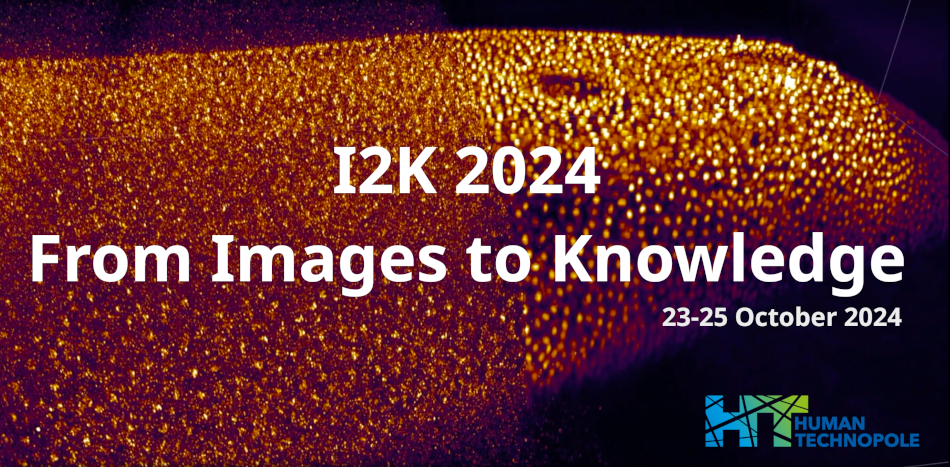Speaker
Description
Quantitatively characterizing cellular morphology is a pivotal step in comprehending cellular structure and, by extension, cellular function. Electron microscopy (EM) and expansion microscopy (ExM) are complementary techniques that grant access to the intricate world of cellular ultrastructure. Nevertheless, the absence of automated, universally applicable frameworks for extracting morphological features poses a significant bottleneck in the analysis of the copious amounts of data generated by these methods. In this project, I propose to establish an unsupervised representation learning approach, where a neural network is trained to automatically extract morphological descriptors directly from 3D image data. Focusing solely on ultrastructure eliminates the need for an additional time-consuming and potentially infeasible segmentation step avoiding biases towards shape-based characteristics. Applying this approach to an ExM dataset of pan-labelled images from environmental samples aims to create a comprehensive atlas of cellular ultrastructure in eukaryotic microplankton, enabling precise characterization of the ultrastructural makeup of these samples and the identification of species directly from images. This innovative approach holds great promise in advancing our understanding of cellular morphology and streamlining its analysis across diverse imaging modalities.
| Authors | Jonas Hellgoth*, Anna Kreshuk, Gautam Dey |
|---|---|
| Keywords | representation learning, expansion microscopy, electron microscopy, morphological descriptors, texture, ultrastructure |

